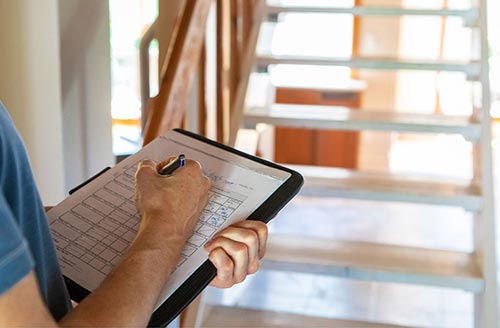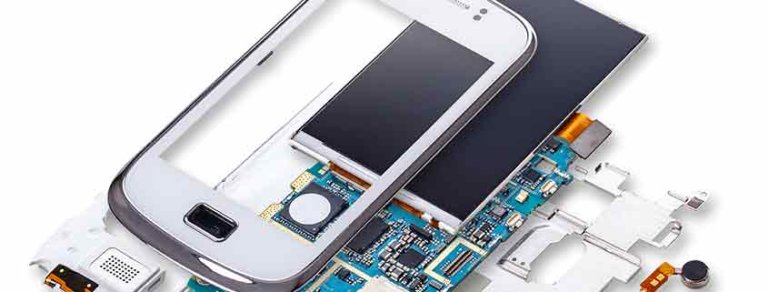RADIATION IN THE BEDROOM
August 2, 2018 in “Ecohabit.” You can read the article below.
WHERE ARE MORE ARTIFICIAL RADIATIONS CONCENTRATED?
According to Carles Surià, an engineer and expert in air measurements, the bedroom and, above all, the bed, is the place in the house where most artificial radiation is usually measured. The same one that hundreds of studies indicate can cause sleep interruptions, pregnancy difficulties or male infertility.

As bioelectrical systems, our heart, nervous system, brain and cells are regulated by internal bioelectrical signals. The electromagnetic waves around us can excite our cells and, depending on the radiation absorbed from the outside, can heat the cells just like a microwave oven.
“The bedroom, and specifically the bed, is the place where in general the most artificial radiation is measured in the house.” So says Carles Surià, an engineer expert in air measurements. Beyond the legality in force in Spain, beds are used to measure electromagnetic radiation values higher than the thresholds recommended by the Parliamentary Assembly of the Council of Europe (0,1 μW/cm2) for long-term exposure levels to microwaves in indoor spaces.
THE DEVICES THAT AFFECT US
Radio alarm clocks, cordless phones, WIFI routers, cell phones running on the bedside table and charging, wireless baby intercoms, electrical wiring behind the headboard… All these, together with the entry of electromagnetic waves through the window, or magnetic fields due to proximity to public electrical wiring, can induce parasitic body currents that excite the human bioelectrical system.
In the pharmaceutical industry, strict product evaluation standards apply prior to the launch of any new product. In the physical environment, where electromagnetic waves are transmitted, the legal framework does not require such checks prior to the launch of a new technology. However, several pathologies have been linked to electromagnetic fields in scientific studies: from sleep disruption, pregnancy difficulties, male infertility or alterations in children’s brain development to depression, fatigue and Alzheimer’s disease.
However, the main question is what will happen in the long term. No long-term studies on the effects of pulsed electromagnetic waves used in digital telecommunications have been carried out.
THE SOLUTION? PREVENTION
Faced with this scenario, Carles Surià’s recommendation is prevention. If you suffer from any of the above symptoms, technical measurements can be used to analyse whether there is an excess of electromagnetic radiation, especially in rest areas, as this is where you spend most of your time and where the body has to recover from daily stress.
There are simple solutions that can reduce artificial radiation in the bedroom without affecting the user’s comfort, such as using a battery-operated alarm clock instead of a plugged-in alarm clock or cell phone.
Soon 5G will arrive and the amount of information transmitted will increase. It is clear that technology helps social progress. This progress should not make us forget a basic principle, which is that of prevention in the absence of knowledge of the long-term effects. What is the point of having WIFI running overnight? Is it worthwhile to charge the mobile phone in operation under the pillow? Is it necessary to see the baby’s face in close-up with the digital intercom?




